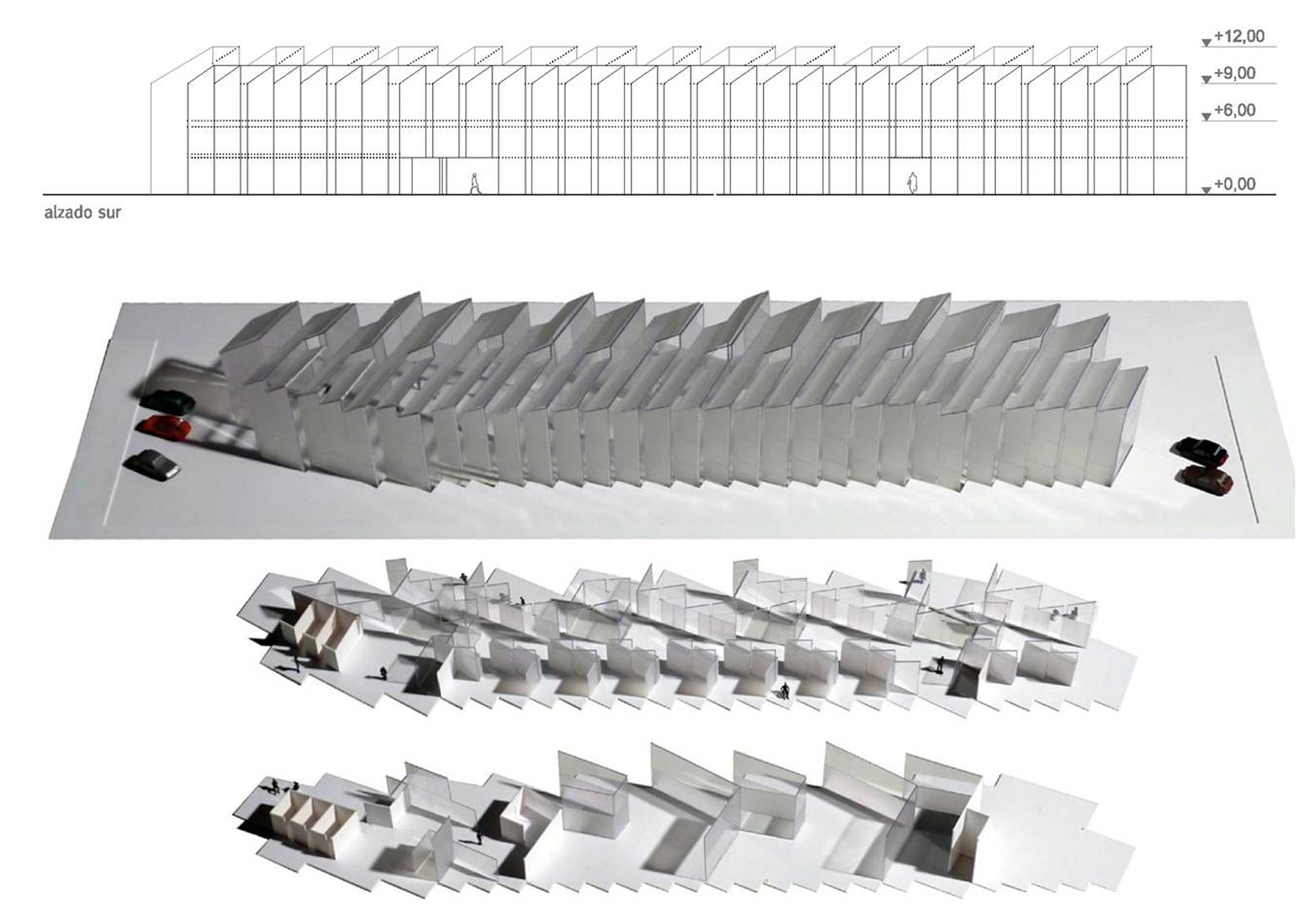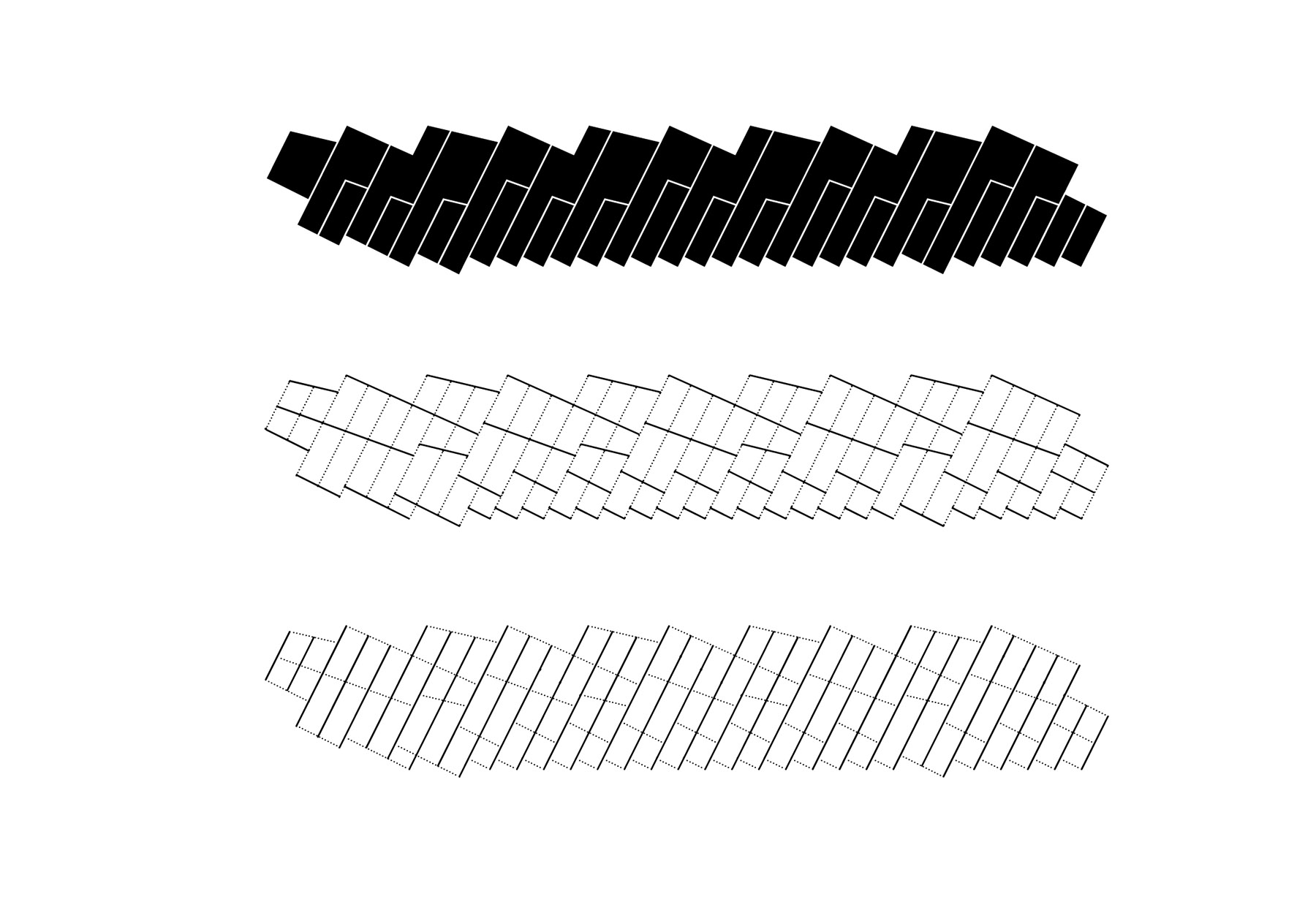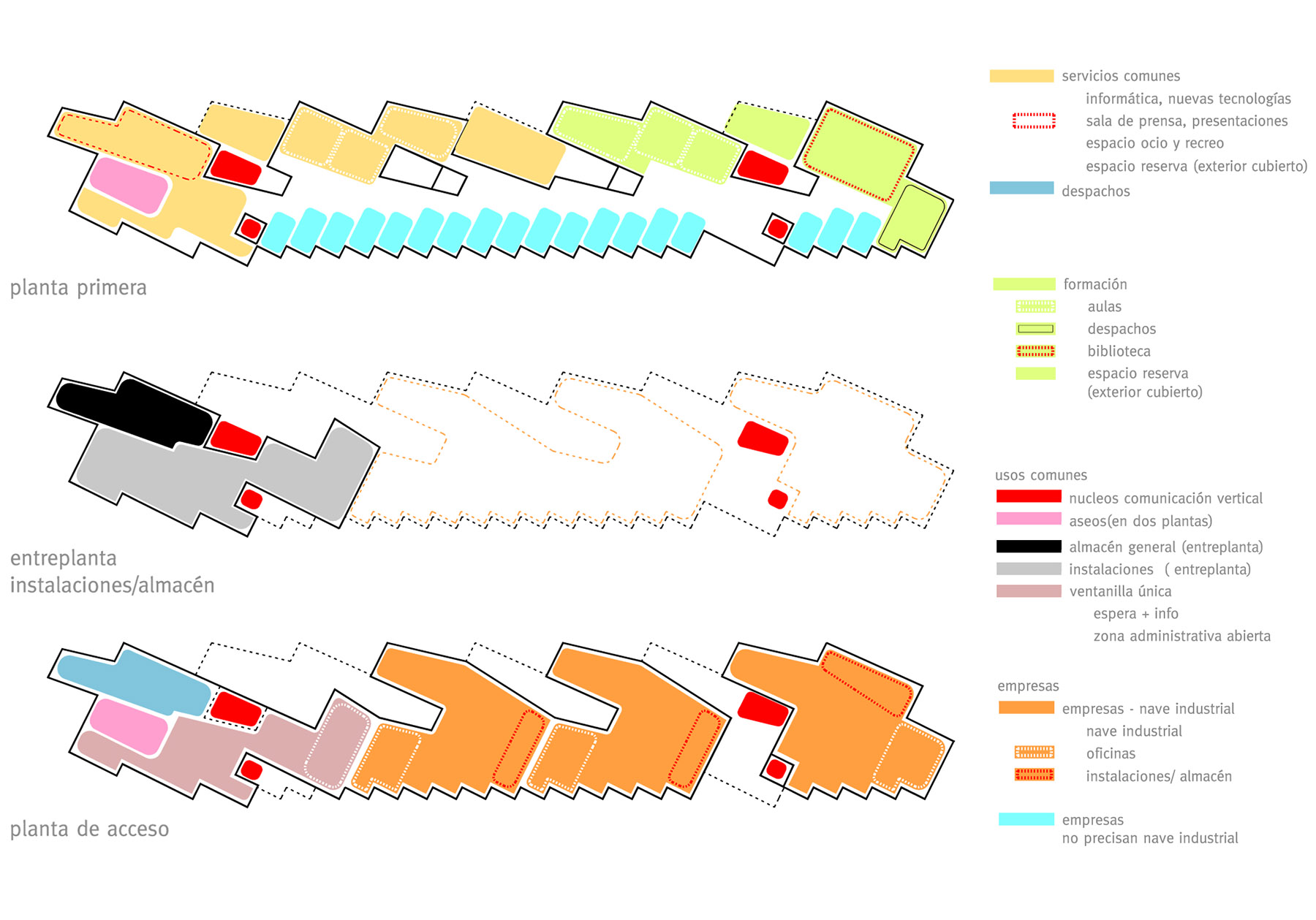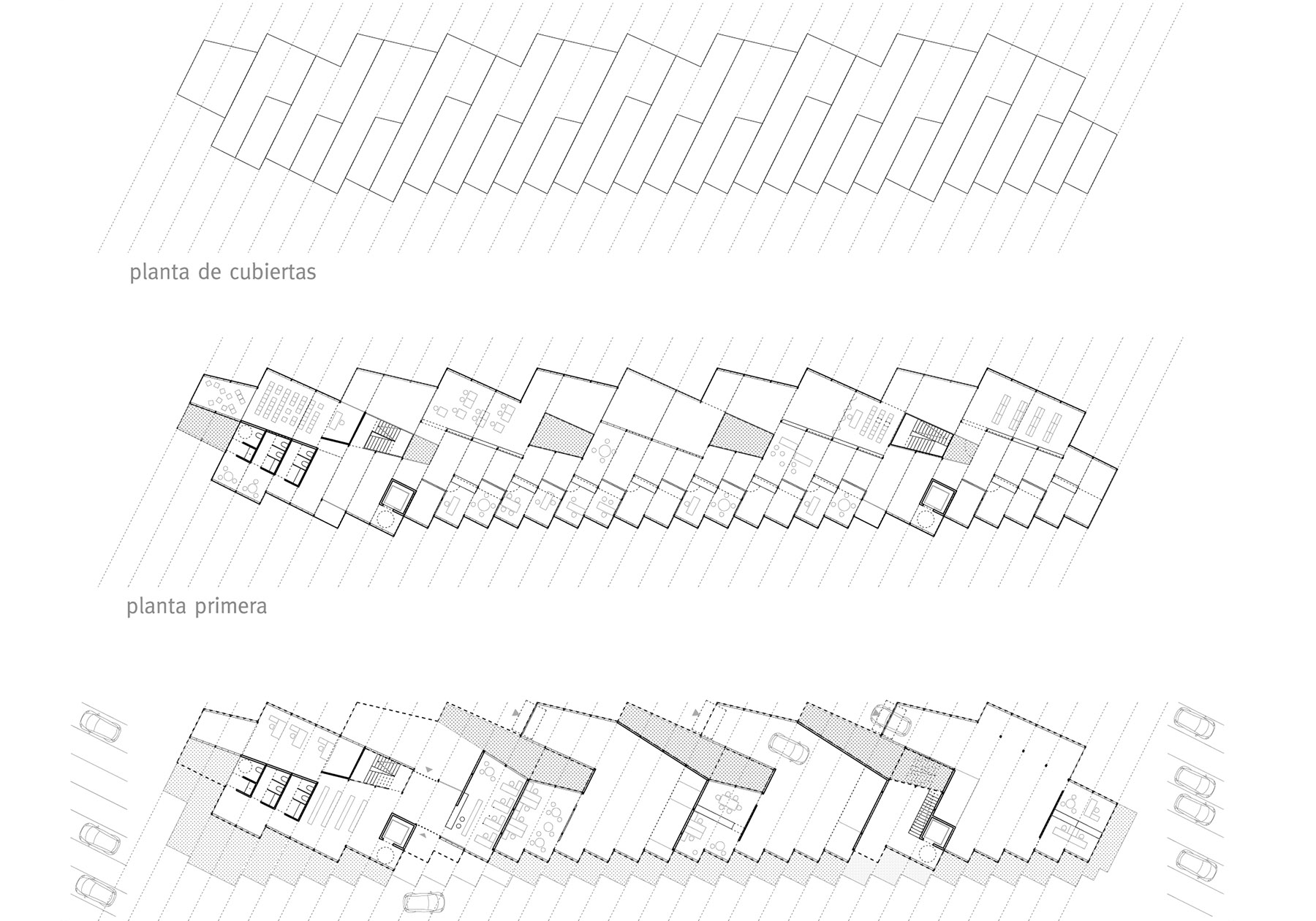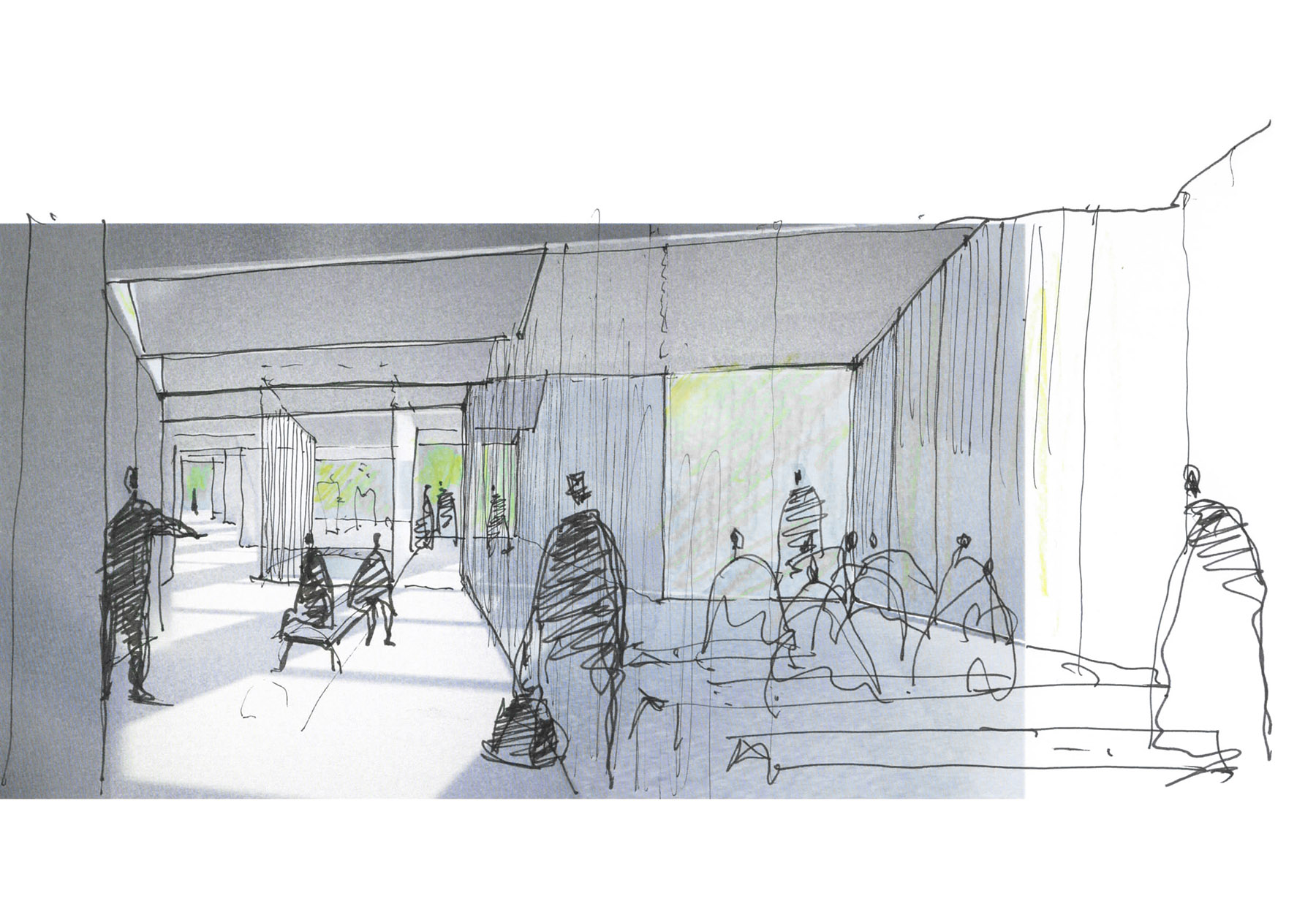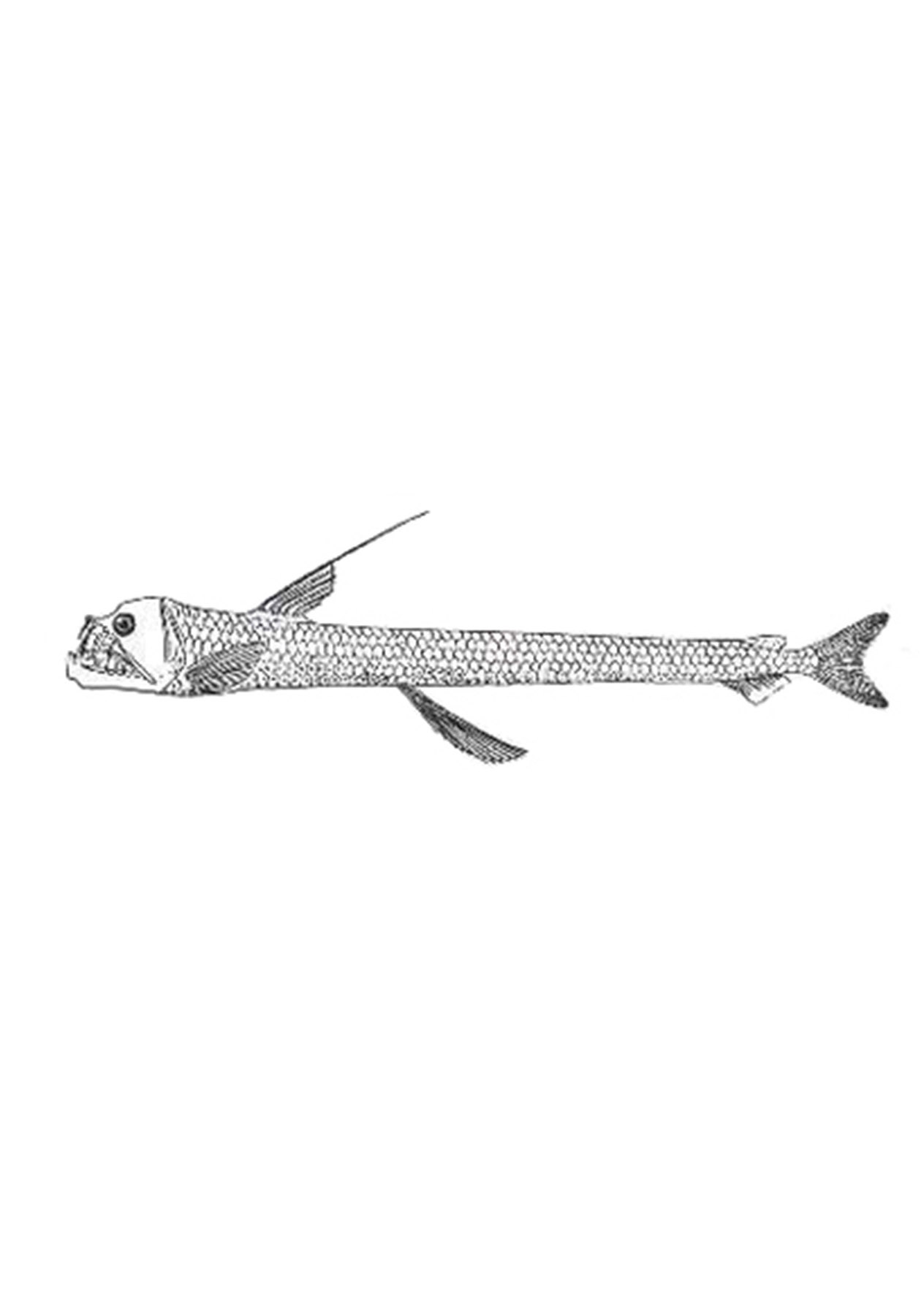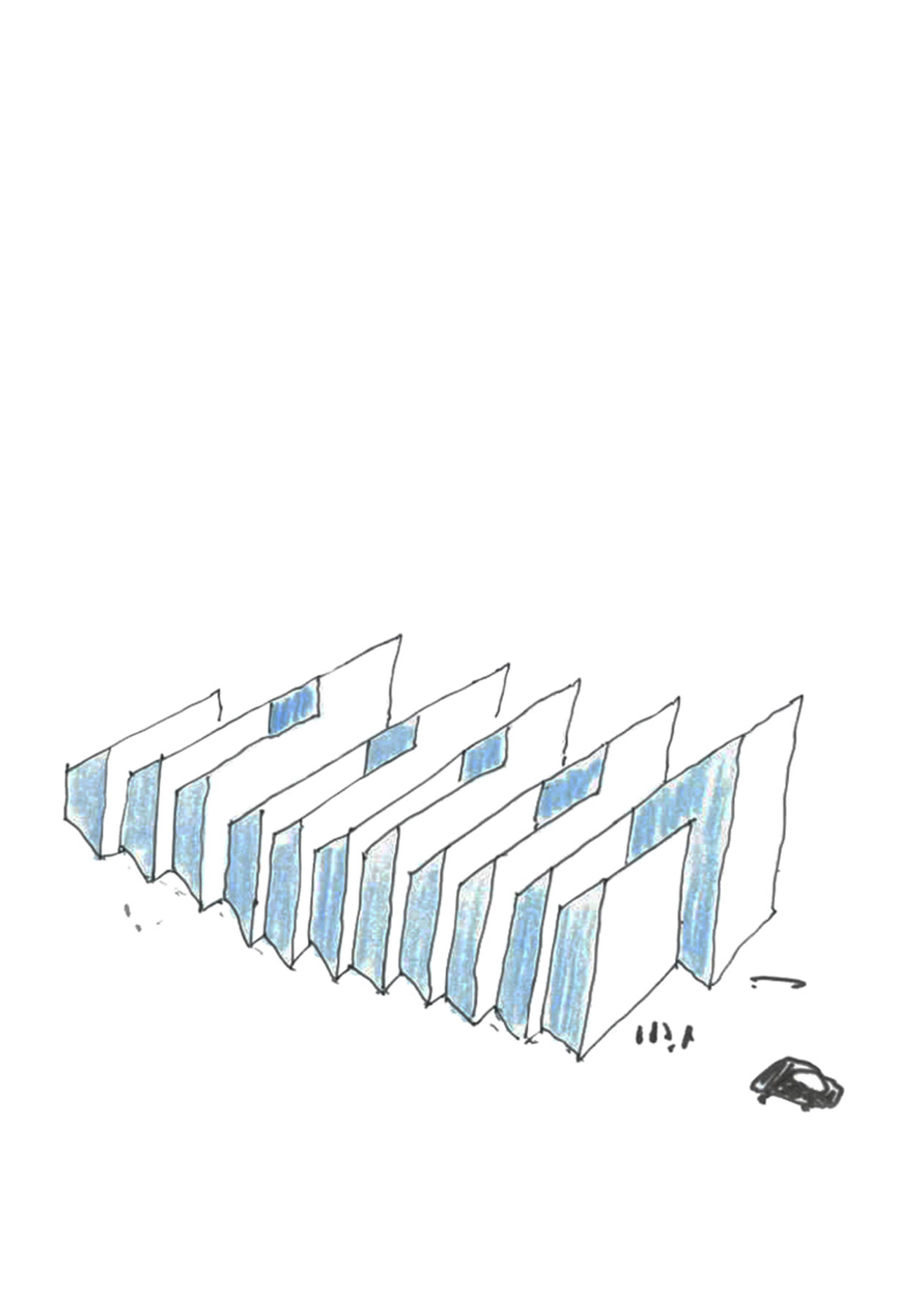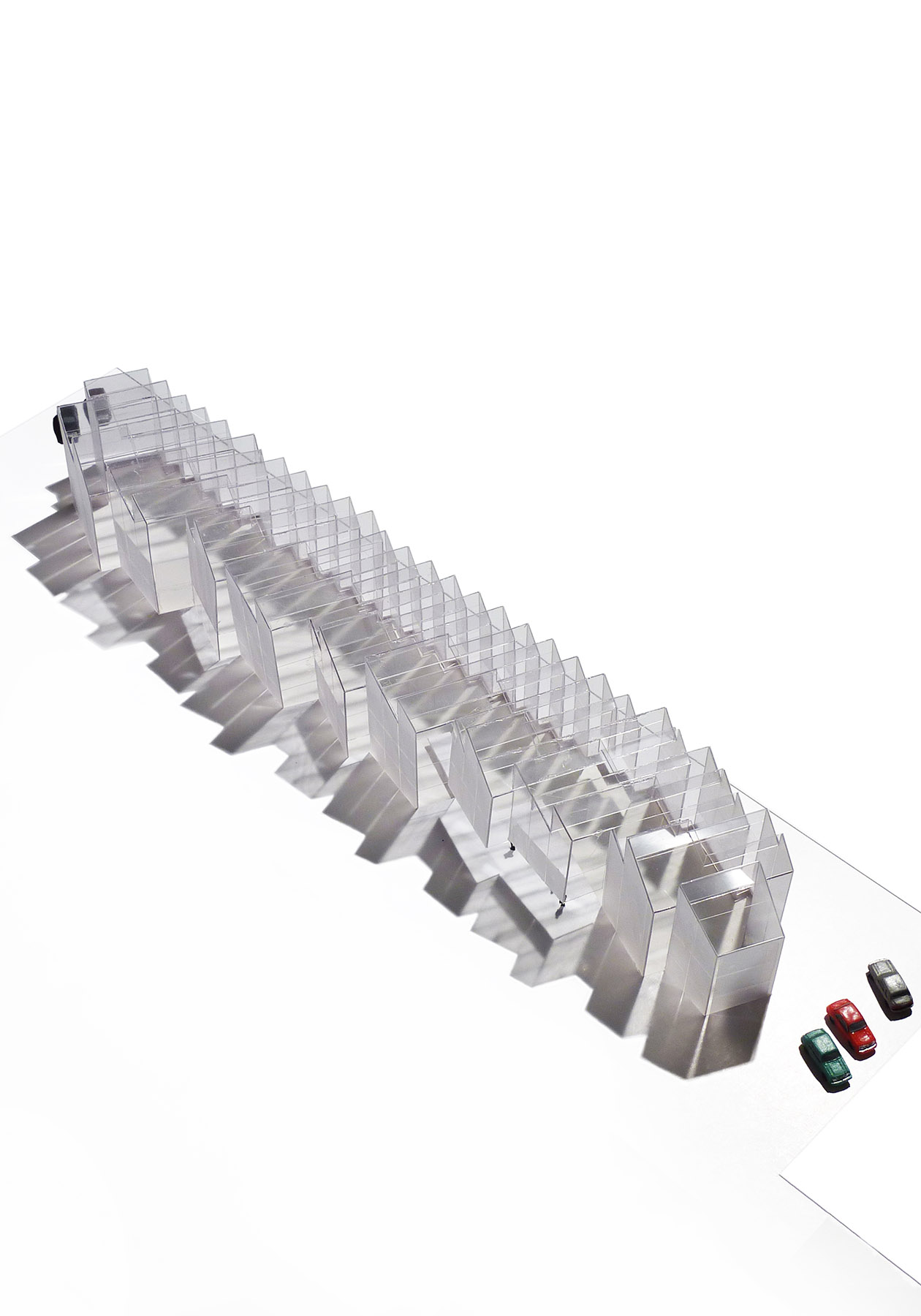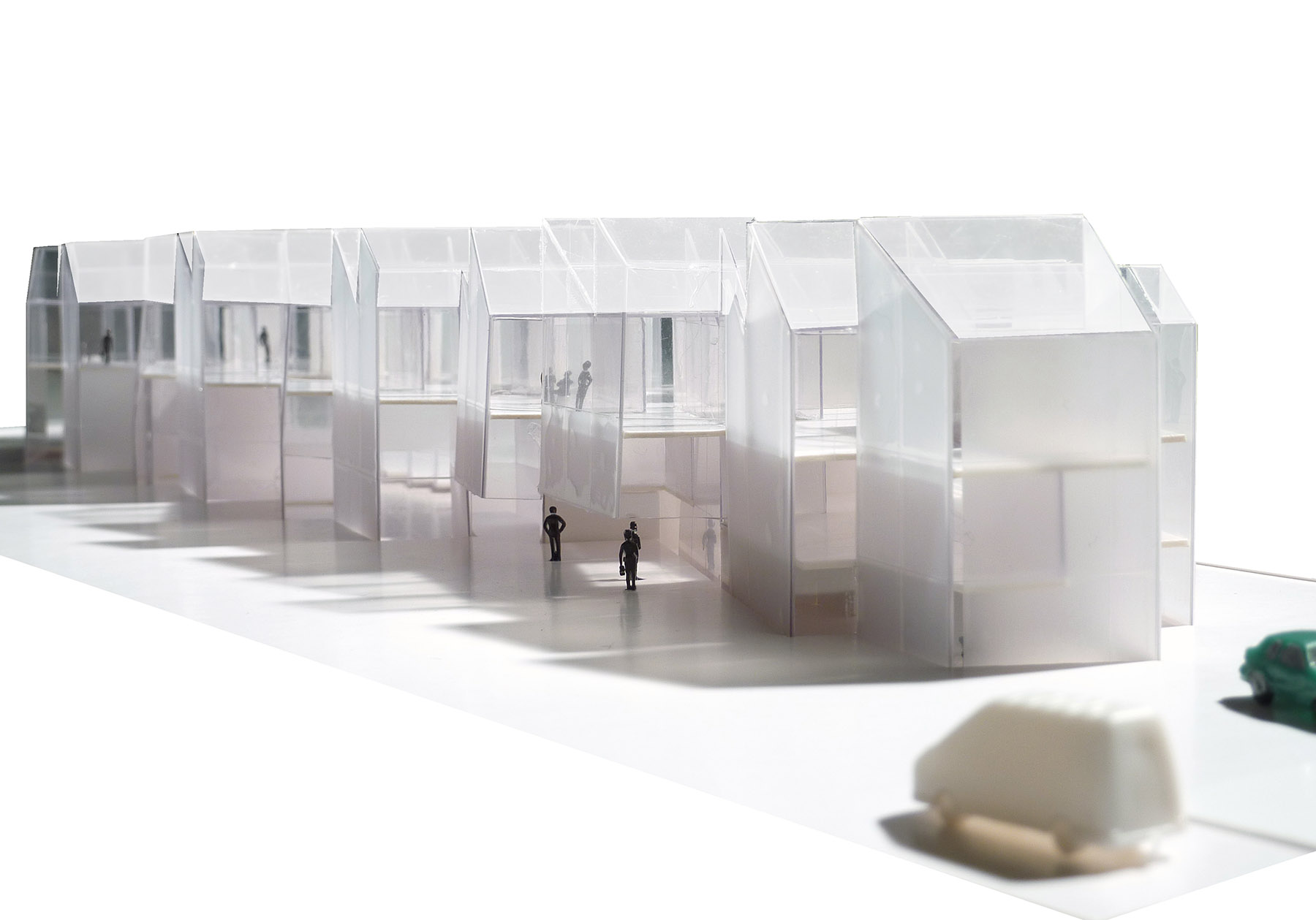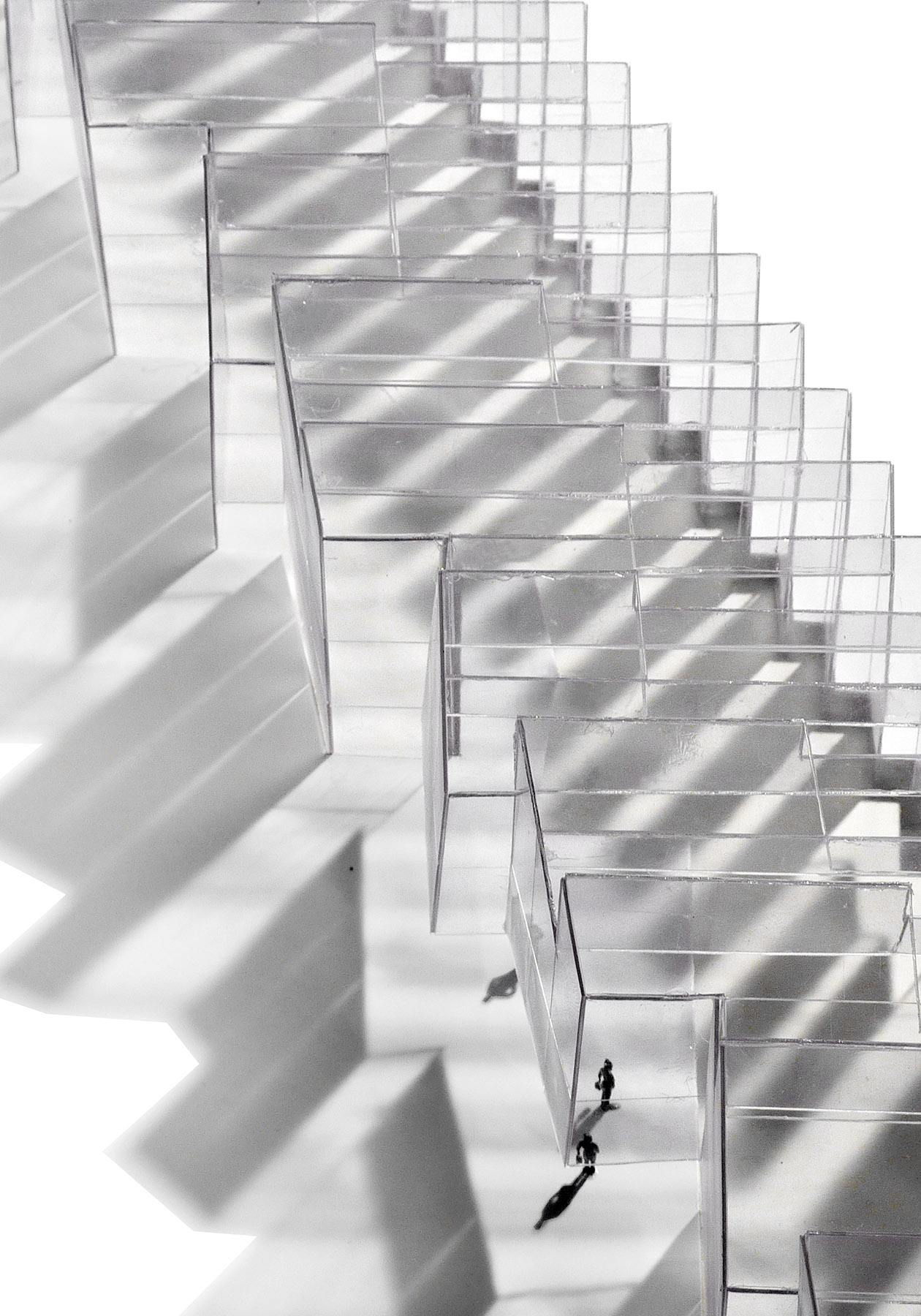coworking spaces in 'el barro'. pontevedra
firstly, it was a question of constructing a structure and a simple, economic, durable and effective envelope that would allow defining a surface and a maximum volume with complementary and surprising spatial qualities. then, in a second phase, the volume is divided into different rooms or companies that benefit from the additional space achieved. transparent and translucent polycarbonate shell with mobile panels that allow the control of natural ventilation. the climatic and constructive solution of its enclosures, the extension of the habitable space to the outside and the semi-exterior spaces; and the different possibilities of occupation and colonization depending on the external environmental conditions, semi-exterior spaces that work as a greenhouse, an extension of the space of the two heights of the volume built with translucent polycarbonate and practicable ventilation panels to ensure the correct behavior climate of the whole. we resort to architectural operations of spatial adjacency of various types: simple adjacency, based on a constructive specialization of the parties involved. this adjacency bases its climatic understanding on the confrontation of massive-light construction systems. in this type of association the contact surface normally assumes the role of energy accumulator (material inertia), being the functions of collection and distribution assumed by the associated spaces. this approach will overcome the hybrid phenomenon as mere assembly of space units, to introduce a spatial discourse of energy aggregation. adjacency by macla, which adds a range of geometric specialization between parts. this strategy optimizes the adjacency resource through optimal morphologies, normally associated with energy transfer processes.



